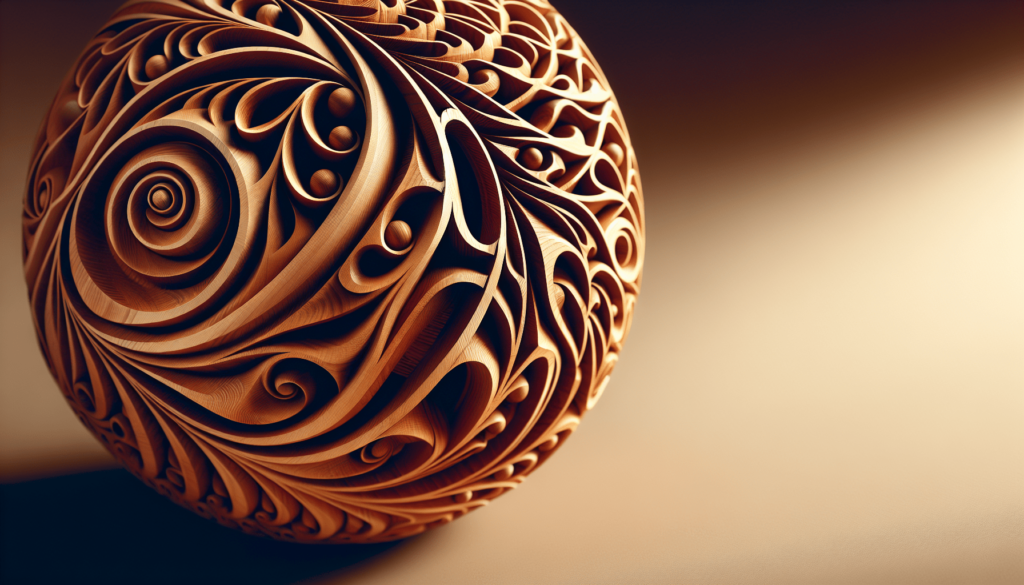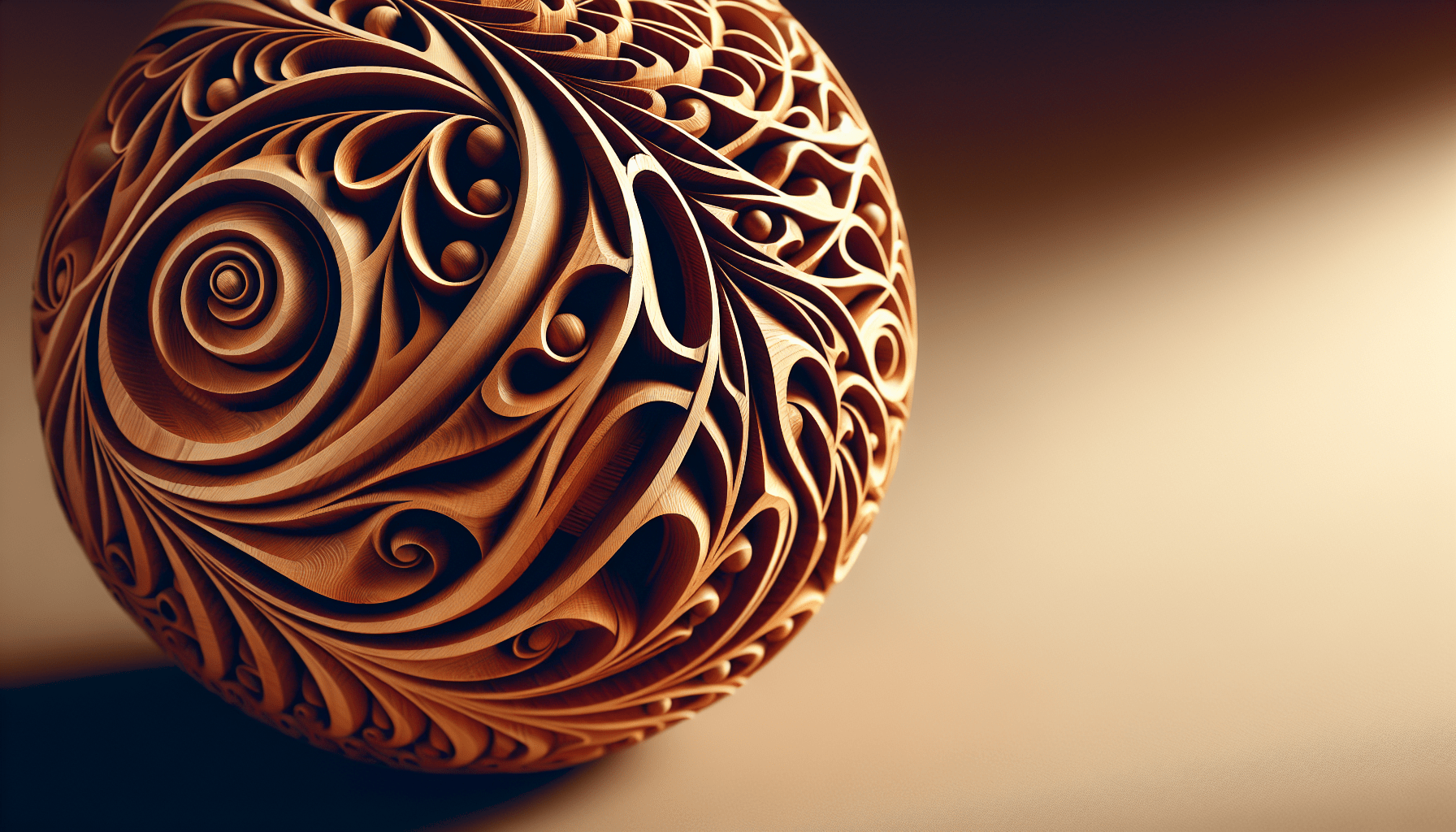What are the designs in wood called? I’ve wondered about that myself. There’s something fascinating about the artistry and skill involved in transforming a plain block of wood into a striking, intricate piece of art. Wood, after all, isn’t just wood. It’s a medium, a canvas that can be sculpted, carved, and crafted into endless variations of design. So, what are these artistic designs in wood called? Let’s break it down.

Understanding Woodworking
Woodworking is an age-old craft, dating back thousands of years. From ancient Egyptian furniture to the intricately carved wooden thrones of medieval Europe, wood has served as a fundamental material in creation and design. But when we talk about designs in wood, we’re talking about specific techniques and terminologies that contribute to this timeless art form.
Basic Terms in Woodworking
Before diving into the specific designs, it’s crucial to understand some basic terms often used in the world of woodworking.
| Term | Definition |
|---|---|
| Grain | The lines that appear in wood after being cut or sanded. |
| Warp | The distortion or bending of wood due to changes in moisture content. |
| Joinery | The technique of connecting pieces of wood together to produce complex items. |
| Finish | The final step in woodworking that involves staining, painting, or varnishing the wood. |
| Lathe | A machine tool used to shape pieces of wood by rotating them against cutting tools. |
Types of Wood Designs
Now, let’s dig into the different types of designs and styles you can encounter in woodworking. This isn’t just about making a shelf or a table; it’s a whole new world of creativity.
Carving
Carving is one of the most intricate and detailed forms of wood design. It involves the removal of material to create a design, be it a simple pattern or a detailed sculpture. There are several styles of wood carving:
Relief Carving
In relief carving, a design is carved into a flat piece of wood. The depth of the carving is varied to create a sense of depth and dimension. You might see this technique on decorative panels or ornamental pieces.
Chip Carving
Chip carving involves removing small chips of wood from a flat surface to create patterns and designs. It’s simple yet elegant, often resulting in geometric or floral motifs.
Whittling
With whittling, the woodworker uses a knife to carve shapes and forms, often creating small figures or abstract shapes. It’s a more casual and freeform style of carving.
Pyrography
Pyrography, also known as woodburning, is the art of using a heated pen to burn designs into the wood’s surface. This technique allows for intricate patterns and shading, giving the design a unique, burnt look.
Marquetry and Parquetry
Marquetry involves creating images or patterns by inlaying pieces of wood veneer into a surface, often with contrasting colors. Parquetry is a similar technique but focuses on geometric patterns, commonly seen in flooring.
Scroll Saw Work
Scroll saw work involves cutting intricate patterns into wood using a scroll saw. This technique allows for highly detailed and delicate designs, often used in decorative wall art, clocks, and jewelry boxes.
Joinery Techniques
Joinery refers to the method of connecting pieces of wood together. Unlike nails or screws, traditional joinery techniques use interlocking shapes that hold the wood together. Here are some common types of joinery:
Mortise and Tenon
This technique involves a projection (the tenon) on one piece of wood that fits into a cavity (the mortise) on another. It’s a strong and durable joint often used in furniture making.
Dovetail
Dovetail joints are interlocking fan shapes that connect pieces at right angles, commonly found in drawer construction. The design ensures a strong mechanical bond without needing nails or screws.
Finger Joint
Also known as box joints, finger joints are a series of interlocking fingers cut into two pieces of wood. They are often used in box construction and offer a robust connection.
Biscuit Joint
In a biscuit joint, oval-shaped wooden pieces (biscuits) are inserted into slots in the adjoining pieces of wood to align and strengthen the joint. A bit exotic, but quite effective!
Decorative Techniques
While joinery and carving are vital aspects of woodworking, there are also numerous decorative techniques to give wood a unique and aesthetically pleasing finish.
Veneering
Veneering is the practice of applying a thin layer of high-quality wood on the surface of a lower-quality substrate. It offers the appearance of premium wood without the cost.
Inlay
Inlay involves setting pieces of contrasting materials into the surface of the wood. These can be different types of wood, metal, or even stone, creating a striking effect.
Turning
Woodturning on a lathe can produce symmetrical, round objects such as bowls, vases, and spindles. The lathe rotates the wood while the craftsman shapes it with various tools.

Finishing Techniques
The final step in the woodworking process is finishing. Without a proper finish, the wood won’t just look incomplete; it’ll be more susceptible to damage.
Staining
Staining adds color to wood while allowing the grain to show through. There are countless stains available, from light, natural tones to dark, rich colors.
Varnishing
Varnishing provides a protective finish that enhances the wood’s natural beauty. It can range from a glossy glaze to a more subdued matte finish.
Shellac
Shellac is a natural resin that gives wood a warm, glowing finish. Although it’s not as durable as some modern finishes, it’s favored for its rich, traditional look.
Paint
Sometimes, a project calls for a splash of color. Painting wood can both protect the surface and add a vibrant finish.
Hand-rubbed Oil
A hand-rubbed oil finish penetrates deeply into the wood, providing a durable, natural finish that enhances the wood’s inherent beauty.
Traditional and Modern Wood Designs
Woodworking is not static. While traditional designs have their charm, modern woodworking has introduced new techniques and styles that continue to evolve.
Traditional Designs
Traditional woodworking designs often focus on functionality and durability. They include:
Shaker Style
Shaker design is known for its simplicity, functionality, and clean lines. It frequently incorporates dovetail joints and pegged mortise and tenon joints.
Mission Style
Inspired by the American Arts and Crafts movement, Mission style emphasizes straight lines, flat panels, and exposed joinery.
Modern Designs
Modern woodworking embraces new materials, tools, and techniques, pushing the boundaries of what’s possible.
Mid-Century Modern
Mid-century modern design features clean lines, organic curves, and a focus on minimalism. It’s characterized by the use of different materials like metal and glass in combination with wood.
Contemporary
Contemporary woodworking often includes sleek lines and innovative materials. It can be more experimental, blending various styles and techniques.
Factors to Consider in Woodworking Designs
When deciding on a woodworking project, several factors influence the choice of design and finish.
Type of Wood
Different woods have unique characteristics that make them suitable (or unsuitable) for various projects.
| Type of Wood | Characteristics |
|---|---|
| Oak | Strong, durable, and easy to work with, often used in furniture. |
| Pine | Soft and lightweight, good for beginner projects or items that don’t require extreme durability. |
| Maple | Hard and dense, excellent for flooring and cabinetry. |
| Cherry | Rich, reddish color with a fine grain, attractive for high-end furniture. |
| Walnut | Dark, strong, and stable, often used for intricate and decorative pieces. |
Tools and Equipment
The right tools can make a world of difference in woodworking. Essential tools include saws (table, band, and circular), chisels, planes, and routers. Advanced techniques might require lathes, jointers, and CNC machines.
Skill Level
Woodworking ranges from simple projects suitable for beginners to complex designs that require advanced skills. It’s essential to choose a project that matches your skill level or be prepared for a steep learning curve.
Purpose
The purpose of the woodworking project also influences the design. Is it meant to be functional, like a piece of furniture? Or is it decorative, like a sculpture or wall hanging? The end use will guide everything from wood choice to finish.
Environmental Impact
Sustainable woodworking practices are becoming increasingly important. Using reclaimed wood, non-toxic finishes, and ensuring wood is sourced from responsibly managed forests can make your project environmentally friendly.
Getting Started
Inspired yet? Good. If you’re looking to start your own woodworking journey—or just want to understand the artistry better—here are a few steps to get you going.
Choose Your Project
Begin with something manageable. Perhaps a simple shelf, a birdhouse, or a small box. Smaller projects will allow you to hone your skills without getting overwhelmed.
Gather Materials and Tools
Ensure you have the necessary materials and tools for your project. You don’t need to buy everything at once; you can often rent or borrow tools to start.
Follow a Plan
Many woodworking projects come with detailed plans and diagrams. Following a plan will guide you through each step, making the process much more accessible.
Practice Safety
Woodworking involves tools that can be dangerous if not used correctly. Always wear safety gear, including eye protection and gloves, and keep your workspace clean.
Take Your Time
Rushing a woodworking project can result in mistakes that are hard to fix. Take your time, be patient, and enjoy the process. After all, the act of creating is part of the reward.
The Art and Science of Woodworking
Woodworking is an intricate blend of art and science. From understanding the properties of different woods and mastering various tools and techniques, to the pure creativity involved in designing unique pieces, it’s a rewarding craft that anyone can enjoy.
Artistic Expression
Every piece of wood is a blank canvas. Whether you’re carving an intricate pattern, inlaying a contrasting material, or turning wood on a lathe, you’re expressing yourself through your work.
Problem Solving
Woodworking also requires a good deal of problem-solving. Aligning joints, ensuring structural integrity, and choosing the right finish all involve analytical thinking and creativity.
Historical Continuity
When you work with wood, you’re participating in a tradition that dates back millennia. Each technique, from dovetail joints to wood burning, carries a piece of history with it.
Conclusion
Next time you admire a beautifully crafted piece of furniture or a detailed wooden sculpture, you’ll have a deeper appreciation of the skill and artistry involved. Woodworking designs aren’t just the result of cutting and joining; they represent centuries of tradition, innovation, and craftsmanship.
So, what are the designs in wood called? They’re called art, skill, patience, talent, and so much more. Each piece tells a story; every carved line and polished surface speaks of the dedication and creativity poured into it. Whether you’re an admirer or a budding woodworker, there’s always something to learn and appreciate in the fascinating world of woodworking.

